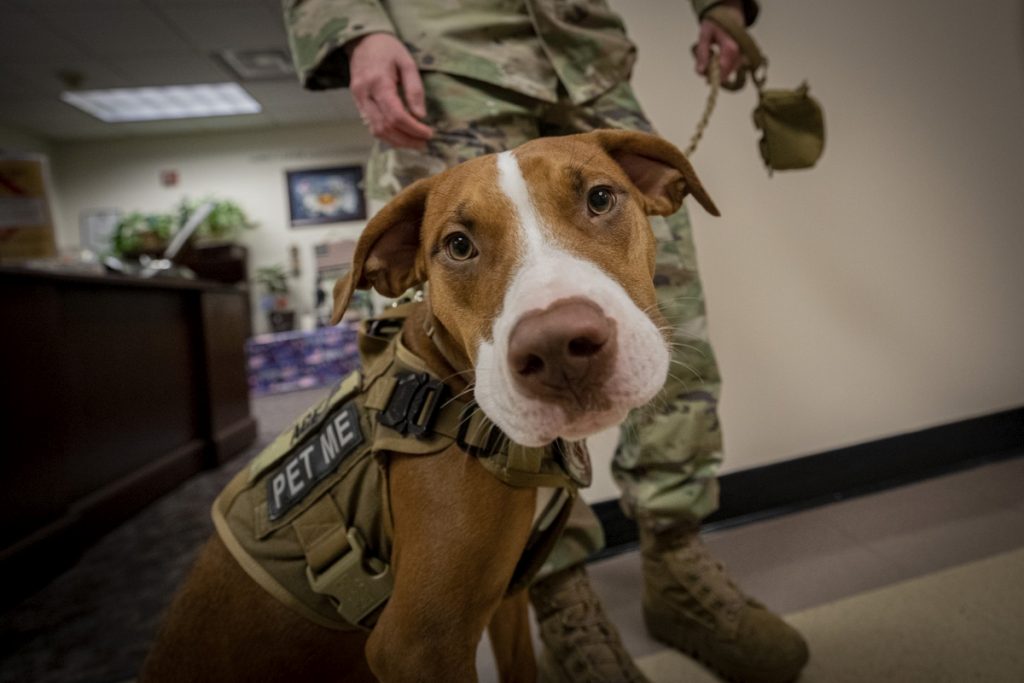A Beginners Guide to Therapy Dogs
Recently, dogs have evolved from being pets to far more. It is evident in research that pets have always been part of the human race but what has changed is the purpose and functionality of these pets. In our current dispensation, therapeutic animals have come to stay. Experts train animals such as dogs, birds, pigs, and the like to aid in the healing processes of significant psychological and physiological challenges.
These animals function in care facilities, like nursing homes, schools, psychiatric centers, and hospitals. These type of groomed pets is what is known as therapy animals. Dogs and cats are well-known therapeutic animals. Therapy dogs provide humans with many benefits that humans cannot offer. In unfortunate circumstances such as wars and natural disasters, victims do not only suffer from physical illness but emotional and psychological distress, which can be part of a person forever. This article will solely focus on therapy dogs.

The Difference between therapy dogs and Service Dogs
Most times, people often interchangeably use therapy dogs and service dogs. However, these dogs are not the same. According to the Americans with Disabilities Act (ADA), “service dogs are defined as trained dogs that work or help perform tasks for people with disabilities.” So service dogs are trained to be helpers for a specific group of people, the disabled group. Service dogs perform functions such as guiding the blind, pulling the wheelchair, calming PTSD patients during anxiety attacks, etc. Because of this, service dogs are allowed everywhere a disabled person is allowed. They are generally working dogs. A dog solely offering emotional support and companionship cannot be called a service dog. Also, a dog that aids in working but not for people who are disabled cannot be called a service dog.
On the other hand, therapy dogs are for a person’s emotional and psychological well-being. Dog trainers do train therapy dogs but not as intensely as service dogs. While service dogs go wherever their patients are permitted, therapy dogs may not be allowed in certain public places. Also, therapy dogs are not limited to disabled people only.
The Duties of Therapy Dogs
It comes as no surprise dogs are considered efficient therapy dogs. The ability for dogs to connect with humans on a level deeper than words will always be why dogs are among animals that can aid in therapy for humans. Just by being sad, a therapy dog can sense it and will try to make you feel better. They are known to show an excellent level of sympathy and empathy.
Therapy dogs are responsible for reducing stress levels even in the corporate environment. Unfortunately, stress levels are rising due to the nature of jobs today, i.e., demanding and other factors outside work. For this reason, some companies have involved therapy dogs in the office space to ease stress and allow workers to be more productive.
They play a significant role in the physiological recovery of patients because of their non-judgemental nature. They do not have biases and work with people of diverse ages and needs.

The Value of Therapy Dogs
The charm therapy dogs carry always takes the patient or human’s mind from their burdens and current stressors. Their mere presence gives a reason to smile and be happy about life. Therapy dogs have proven to lower anxiety, reduce loneliness, and increase mental and physical well-being. In addition, therapy dogs help autistic children with social interaction and language. Research has proven that most patients who have experienced therapy dogs are calmer and have lower blood pressure.
Psychological disorders weigh us much more than we think, and we are very prone to them one way or the other. Therefore, the existence of therapy dogs is a blessing. Indeed a light in the darkest place.



